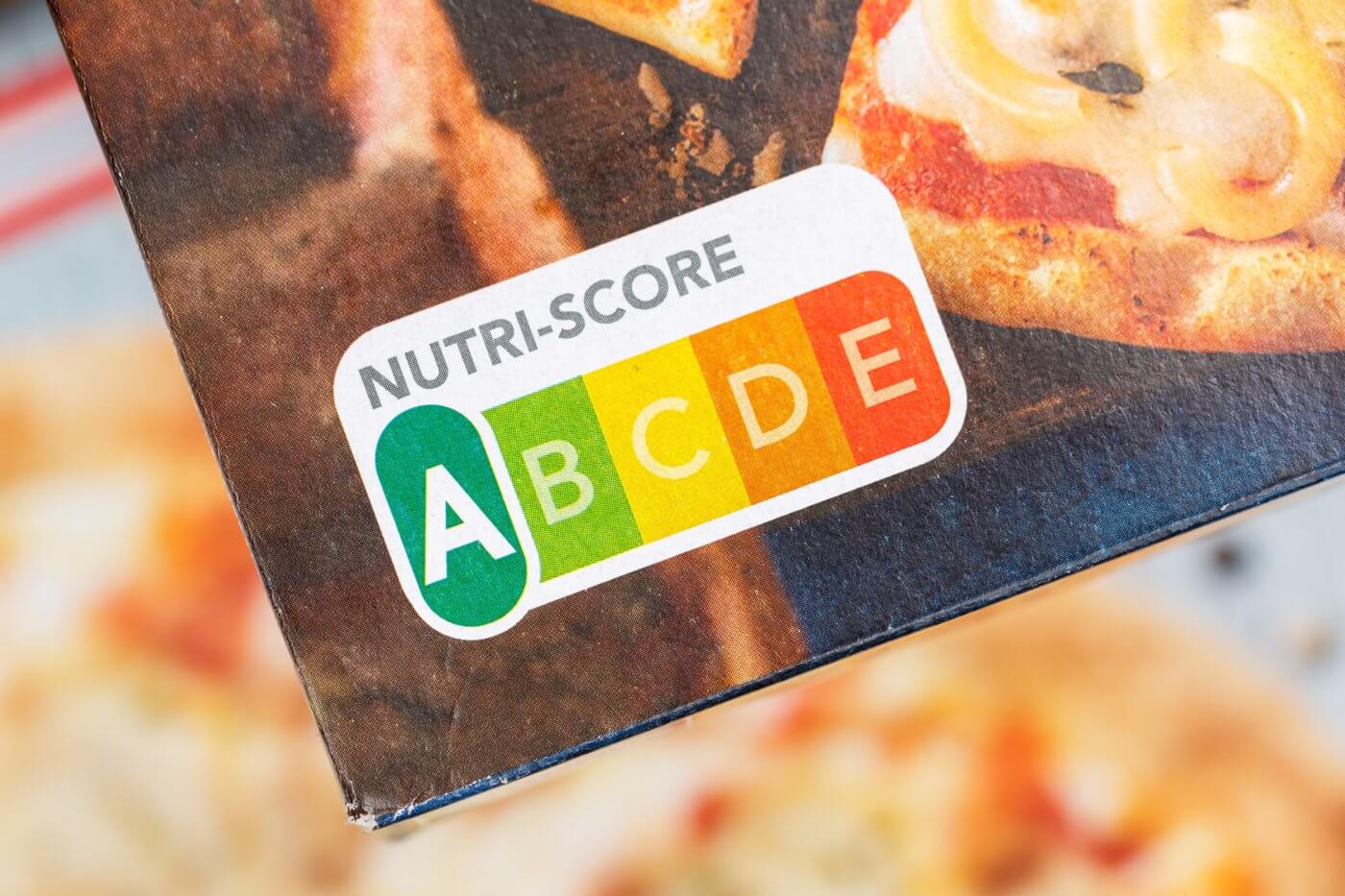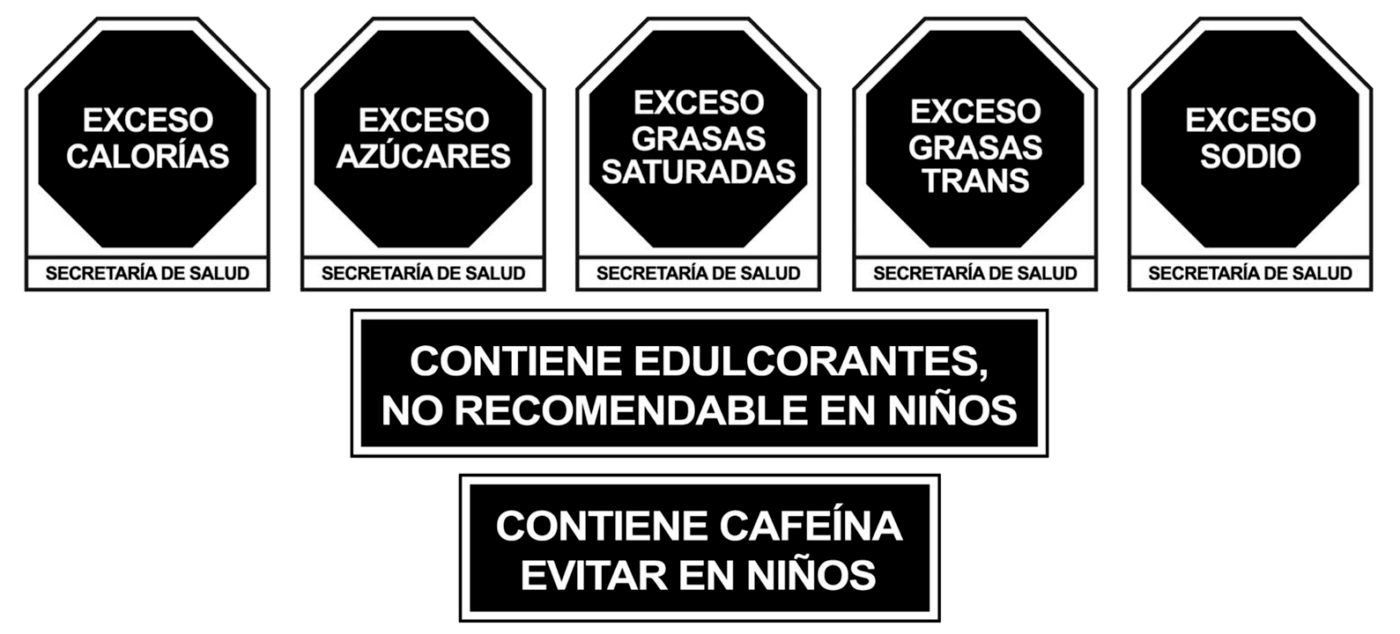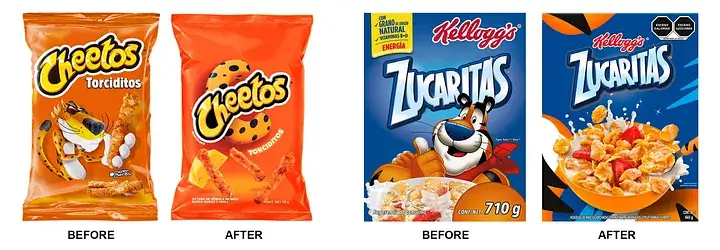In Canada, the new front-of-pack labels for foods high in sugar, salt, and saturated fats are the latest in a wave of packaging regulations attempting to help consumers make healthy food choices. In today’s blog, we’ll ask some of the SLD team to weigh in on how they’re working to address the new FOP regulations, including tips for brands and design teams. In addition, we’ll discuss insights from countries that have already implemented similar requirements.
How Do FOP Warning Labels Impacts Brands?
The intent of health-related labels is to reduce the consumption of targeted ingredients. As obesity, diabetes, and other diet-related health conditions continue to rise, more countries are considering such measures. Chile was one of the first to introduce front-of-pack health labels and is often cited as an example of how to influence consumers to make healthier choices. Although the data varies, it appears that health-related warning labels on front-of-pack do have at least some impact.
- In Chile, studies show a 37% reduction in sodium content and a 27% reduction in sugar content in household purchases
- In Israel, 58.5% of consumers reported using health-warning labels to some extent.
- Mexico has some of the strictest regulations in the world, with some states outright banning the sale of fizzy drinks to children and a sugar tax. However, challenges in enforcement have led to inconsistent results.
- In France, a NutriScore system has been shown to both encourage pro-healthy choices and discourage less-healthy choices. The system has now been implemented in Belgium, Portugal, Germany, the Netherlands, Luxembourg, Spain and Switzerland.


Image Source: Shutterstock
Regardless of their efficacy, consumers are overwhelmingly in favor of the labeling systems. It’s almost certain they will be expanded to new ingredients and in new markets.
If your product exceeds the limits outlined by Health Canada, the only way to avoid the label is reformulation. While that may be an option in some cases, when it’s not, preserving the harmony and brand presence on your package introduces some challenges.
Preserving Brand Impact On Package Design
The new Canadian FOP labels are intentionally disruptive. Here are some tips from our design team on how to preserve as much impact as possible while you transition to include FOP.
Design Director Christopher Woo suggests reducing negative associations through strategic placement of the elements on the pack.
“I recommend distancing your brand identity from the FOP label. Placing your logo near the FOP label can create a negative association; separating them visually allows for clearer message differentiation between the brand and the warning label. Additionally, positioning the FOP label on white or lighter-colored areas reduces its contrast and prominence, making it less intrusive.”
On the other hand, leveraging your value proposition in a more impactful way may balance out the negatives. Diane Mullane, SLD’s VP of Client Services, suggests “This is a great opportunity to evaluate what strong message you want to communicate. What makes consumers love your product? Emphasize that story on the packaging”.
It’s important to look at the whole package rather than just pushing elements aside to make room for the label. Murtuza Kitabi, Director of Creative Services, emphasizes the importance of focusing on details.
“Even a slight change of a single element can set off a domino effect that, if not addressed carefully, can reduce the impact of a package design. Considering the size and positioning requirements for FOP, it’s essential to make the right design decisions to maintain the communication hierarchy and brand impact, while also meeting all legal packaging requirements.”
Reformulation Could Be A Win-Win
Many brands chose to reformulate to drop the number of targeted ingredients below the requirement threshold. In Israel, the Strauss Group, one of the largest food producers in the country, planned well in advance to change ingredient formulas to ensure over 90% of their products would not require a label.
However, if you do choose reformulation, think ahead and go with ingredients that are unlikely candidates for future regulation.
For example, in Chile, there was a 10% increase in beverages formulated with non-nutritive sweeteners (NNS) following the introduction of FOP health labels. Consumers purchased fewer beverages sweetened with sugar, but purchases of unsweetened drinks also dropped 17%. Instead, they purchased more drinks sweetened by NNS, which are also related to health problems. Health experts are now advocating for Chile to require warning labels for NNS, as they currently do in Mexico and Argentina. Brands that reformulated to drop sugar content may now have to rejig again to drop their NNS content.


Image Source: Global Food Research Program
BFY Line Extensions
Many brands are already introducing new line extensions that feature lower amounts of targeted ingredients while continuing to offer their original product line-up. This gives consumers who may be deterred by the FOP label an option to continue enjoying the product
What About Pro-Healthy Labels?
Food producers have leveraged claims about the health benefits of their products for as long as marketing has existed. However, trust in food companies is low. As food labeling mandates evolve, some governments may regulate certain claims, or introduce government-endorsed labels for products that meet positive health targets.
- Israel’s health label program includes a pro-healthy option that is not mandatory but allows foods that meet certain thresholds for healthiness to feature a health-positive government-endorsed label on pack.
- The NutriScore system used by many European countries rewards products that are healthier with a high score, which has such a strong positive on sales that many brands reformulate to move up in the system.
- In the US, a recent amendment was proposed to regulate healthy claims, suggesting that the US might take a slightly different approach by restricting positive claims rather than enforcing warning labels.


Image Source: Isreal National Program for Active and Healthy Living
Potential Future Regulations
Another area that has high potential for future regulation is the use of imagery for products that target children. Mexico is the first to implement such restrictions, banning images of athletes, cartoon characters, or celebrities on packaging for products targeting children. This measure may be one of Mexico’s most effective pro-health programs to date.
The alcoholic beverage industry is also facing labeling requirements. Ireland will implement a health label system in 2026, requiring alcoholic beverages to bear a warning about the direct link to liver disease and cancer. In Canada, a similar bill has been introduced. Although we may be years away from such a program, the industry should consider it imminent.


Image Source: Medium
Make Lemonade
While the Canadian FOP label is not pretty by any measure, it has widespread support from consumers. Brands should use the opportunity to consider how they can best deliver value to their consumer. A quick summary of tips to make the best of the new FOP label:
- Consider stronger emphasis on your value proposition on pack
- Ensure a holistic approach to integrating the FOP to preserve positive brand association
- For products that are candidates for reformulation, plan ahead to ensure the formula is future-proof for future label requirements
- Advocate for pro-healthy government endorsements
- BFY line extension package design must strongly communicate the value proposition

